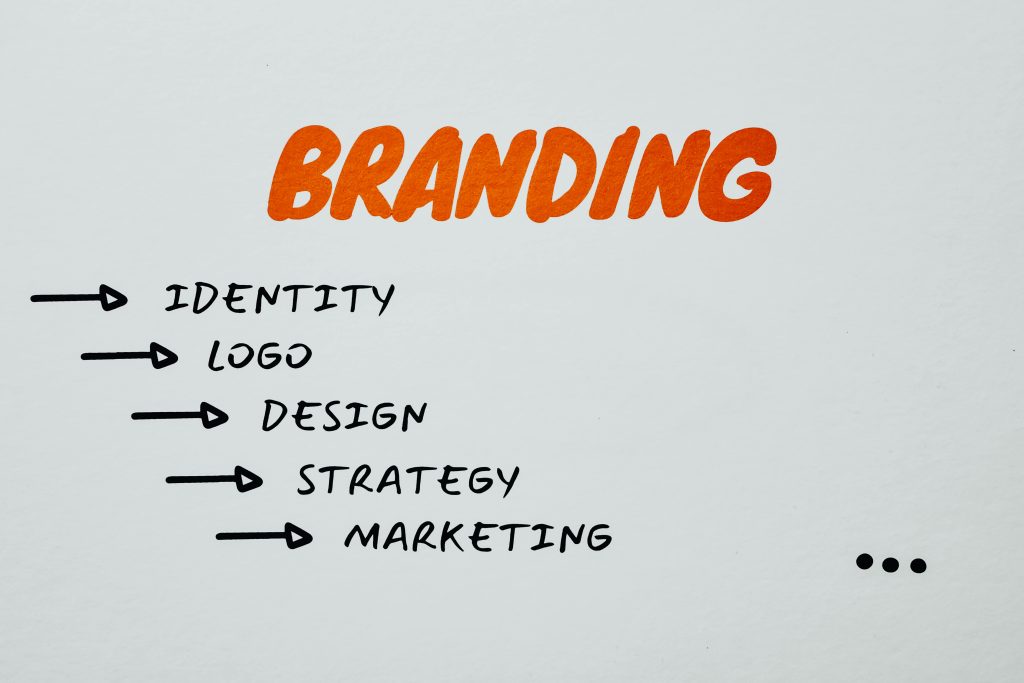Category: Copywriting & Tone
Introduction
In today’s crowded digital landscape, your brand is more than your logo, color palette, or tagline—it’s how you speak. A consistent, recognizable brand voice can differentiate your business, build trust with your audience, and ensure your messaging feels authentic across every channel.
But with multiple team members (or even agencies) involved in content creation, how do you keep your messaging consistent? The answer lies in crafting a clear and actionable brand voice guide.

This post walks you through the process of creating a brand voice guide that captures your tone, personality, and values—so every email, blog, social post, and customer interaction feels like it’s coming from the same source.
What Is a Brand Voice Guide?
A brand voice guide is a reference document that defines how your business communicates. It outlines your tone, language style, vocabulary, and writing principles to ensure consistency in messaging across marketing, sales, support, and even product interfaces.
While visual brand guidelines dictate how your brand looks, a voice guide determines how it sounds.
Why Is a Brand Voice Guide Important?
Here’s what a well-crafted voice guide can do for your business:
- Ensure consistency across teams and content types
- Differentiate your brand in competitive markets
- Align tone with audience expectations and emotional triggers
- Speed up content production with clear direction
- Avoid reputation damage from tone-deaf or inconsistent messaging
Whether you’re a startup scaling quickly or an established brand looking to refine your messaging, a voice guide keeps your team aligned and your brand cohesive.
Step-by-Step: How to Create a Brand Voice Guide
1. Define Your Core Brand Identity
Your voice should reflect who you are as a company. Start by identifying:
- Mission – Why does your business exist?
- Values – What beliefs guide your decision-making?
- Audience – Who are you speaking to? (Use buyer personas)
- Positioning – What makes you different from competitors?
Your voice should sit at the intersection of these elements—authentic to your company and resonant with your audience.
2. Audit Your Existing Content
Before creating new standards, evaluate how you currently sound.
Steps:
- Collect samples: Website copy, social posts, emails, ads, support chats.
- Look for patterns in tone, language, and sentence structure.
- Identify what feels “on-brand” vs. what feels off.

Questions to ask:
- Is the tone formal or conversational?
- Do we use contractions? Jargon? Emojis?
- Are we enthusiastic, authoritative, witty, empathetic?
This audit helps you determine where inconsistencies lie—and where you’re already doing well.
3. Define Your Brand Voice Characteristics
Summarize your voice in 3–4 adjectives, and provide context for each.
For example:
| Voice Trait | Description | Do | Don’t |
|---|---|---|---|
| Friendly | We’re approachable and easy to talk to. | Use casual greetings, contractions | Use stiff, robotic language |
| Confident | We’re experts, not arrogant. | Be clear, assertive, and direct | Use vague or uncertain wording |
| Informative | We educate, not sell. | Use examples, define terms | Overwhelm with jargon or sales pitches |
Tip: Include both examples and counterexamples so writers can clearly understand the application.
4. Define Tone Variations by Context
Your tone may shift slightly depending on the audience or channel. For example:
| Channel | Primary Tone | Notes |
|---|---|---|
| Website | Confident, welcoming | Use inclusive, benefit-driven language |
| Support Emails | Calm, empathetic | Prioritize clarity and helpfulness |
| Social Media | Friendly, engaging | Be concise, casual, and timely |
| Press Releases | Formal, informative | Maintain authority and professionalism |
Result: Tone guidelines that flex without fragmenting your voice.
5. Specify Language Style and Formatting Rules
The small details matter. Set rules around:
- Grammar and syntax: British vs. American English, sentence length
- Punctuation style: Oxford commas, em-dashes, bullet points
- Vocabulary: Preferred terms (e.g., “customers” vs. “users”), banned words or phrases
- Formatting: Use of headings, lists, bolding, italics
- Brand terminology: Product names, taglines, value propositions
Optional: Create a branded style glossary or word bank for frequently used terms.
6. Include Sample Scenarios and Voice Application
To make your guide practical, include real-life examples of voice in action:
Example: Support Email Response
Tone: Empathetic, helpful
“Hi Alex,
Thanks for reaching out. I totally understand how frustrating this issue must be, and I’m here to help fix it ASAP. Let’s walk through a quick solution…”
Example: Product Announcement
Tone: Confident, informative
“We’ve launched a new dashboard designed to help you track orders faster—with fewer clicks and more control.”
Why this helps: It turns abstract voice traits into actionable guidance.
7. Make It Accessible and Scalable
Once your guide is ready:

- Store it in a shared location (Notion, Confluence, Google Docs, etc.)
- Train your team—especially writers, designers, support reps, and sales staff
- Embed it into onboarding for freelancers or new hires
- Review it quarterly to adjust for brand evolution or audience feedback
Bonus Tips
- Collaborate across departments: Involve marketing, content, and customer service to ensure well-rounded guidance.
- Keep it human: Your brand voice should reflect how you’d speak if your brand were a person.
- Use templates: Provide reusable templates for social posts, emails, product pages, etc., to maintain voice consistency.
Conclusion
A consistent brand voice builds familiarity and trust—two key ingredients in winning and retaining customers. By crafting a clear, thoughtful, and flexible brand voice guide, you empower your team to communicate with clarity and confidence, no matter the channel or situation.
Start with your brand identity, audit your tone, and document both the “what” and the “how.” The result? Messaging that not only sounds like you—but resonates deeply with your audience.
